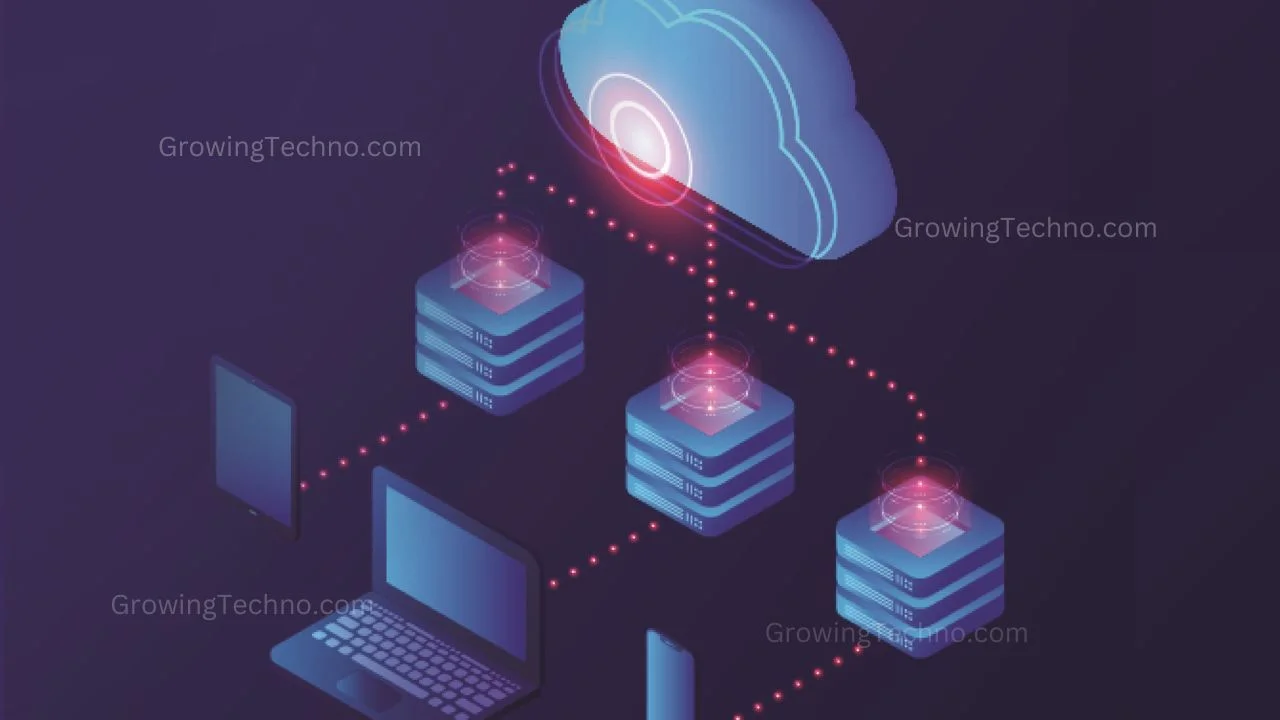
In a world where technology plays a significant role in our daily lives, it’s essential to ensure that the software and systems we use are safe and secure. One crucial aspect of this security is patch management. In this article, we’ll explain what a patch management policy is and why it matters for individuals and organizations. We’ll break it down into simple, understandable terms, so you don’t need to be a tech expert to grasp its importance.
What Is a Patch Management Policy?
Imagine a patch management policy as a user manual for your digital systems. It provides guidelines for keeping your software and devices secure and in tip-top shape. Just as you maintain your home with regular upkeep, your digital tools need some care too. These guidelines serve as your go-to reference for when, how, and why you should update your systems.
A patch management policy resembles a maintenance schedule for your digital tools “home.” It outlines how to maintain the security, efficiency, and health of your systems. It’s like having a checklist of chores to keep your house in perfect order.
Why Does Patch Management Matter?
Here are some simple reasons why patch management is crucial:
- Security: One of the most important reasons is security. Updates often include fixes for vulnerabilities or weaknesses in your software. If you don’t update, you might leave your systems open to cyberattacks.
- Stability: Updates can make your software and systems work better. They can fix bugs or glitches that might be causing problems.
- Performance: Newer versions of software often run faster and more efficiently. Keeping your software updated can lead to better performance.
- Compatibility: Sometimes, updated software is necessary to work well with other applications or devices. Outdated software can lead to compatibility issues.
- Features: Updates can bring new features and improvements. They can enhance your user experience and offer new capabilities.
- Legal Compliance: In some cases, maintaining updated software is necessary to comply with legal or industry standards. Neglecting updates can result in legal consequences.
Patch Management Process
Now that we understand the importance of patch management let’s look at the process. It’s not complicated; it’s like following a recipe:
- Identification: First, you need to know what patches are available for your software and systems. This is like checking the recipe to see what ingredients you need.
- Evaluation: After identifying available patches, you need to check if they are suitable for your systems. It’s like making sure the ingredients are compatible with your dish.
- Testing: Before applying patches, it’s a good idea to test them in a safe environment. Think of it as a taste test to ensure everything will work as expected.
- Approval: Once the patches pass the test, you approve them for installation, just like giving a thumbs-up to a delicious dish.
- Deployment: This is the actual step where you apply the patches to your systems, like cooking the meal according to the recipe.
- Verification: After deployment, you double-check to make sure everything is working fine, similar to a final inspection of your meal before serving.
- Documentation: It’s important to keep records of all the patches you’ve applied, like noting down the recipe for a dish you’ve cooked. This helps you keep track of what’s been done.
- Communication: Let relevant people know about the patch management process and its outcomes. Like sharing your recipe with fellow cooks, clear communication ensures everyone is on the same page.
- Monitoring: This is like checking in on your meal as it cooks. Regular monitoring ensures that your systems stay secure and efficient.
- Feedback: If something doesn’t taste right in your dish, you’d adjust the recipe. In patch management, you should gather feedback and make improvements as needed.
The Challenges
While patch management is important, it’s not without its challenges:
- Timing: Determining the right time to apply patches can be quite a puzzle. You must strike a balance between the urgency of security updates and the need to avoid disrupting important ongoing operations or processes. It’s like trying to perform maintenance on a busy restaurant without upsetting the diners.
- Compatibility: Compatibility issues can be a headache in patch management. Sometimes, a patch designed to improve one piece of software might not play well with others in your system. Think of it as trying to fit puzzle pieces from different sets; it can be a real challenge to make them work together seamlessly.
- Volume of Patches: In larger organizations or complex systems, the sheer volume of patches can be overwhelming. Managing numerous patches requires efficient processes and organization. It’s akin to handling a bustling kitchen in a restaurant, where you need a well-organized system to ensure every order is delivered correctly and on time.
- Testing: To ensure that patches work without causing problems, thorough testing is necessary. This process can be both time-consuming and resource-intensive. Imagine it as preparing for a grand banquet; you need to taste and test each dish to guarantee it meets the quality standards.
- Human Error: Mistakes can occur during the deployment of patches. It’s comparable to a chef accidentally using salt instead of sugar in a dish. In the world of patch management, human errors can lead to unintended consequences, causing issues that need to be fixed.
- Legacy Systems: Older systems may no longer receive official patches and updates, making them vulnerable to security threats. It’s like trying to maintain a classic car that lacks replacement parts; you need to find creative solutions to keep it running smoothly.
Benefits of a Patch Management Policy
A good patch management policy offers several benefits:
- Security: A solid patch management policy ensures the security of your systems by protecting them from cyber threats and vulnerabilities. It’s like having strong locks and security measures on your house to keep potential intruders at bay.
- Efficiency: Your systems will run more smoothly, reducing downtime and minimizing productivity loss. This efficiency is similar to a well-organized workplace where everything is in its place, allowing employees to work without unnecessary interruptions.
- Stability: With regular patches, you can minimize crashes, freezes, and glitches that can disrupt work. It’s like maintaining a well-tuned car that doesn’t break down on the road, ensuring a smooth journey.
- Compliance: Many industries and legal regulations require organizations to maintain up-to-date and secure systems. A patch management policy helps you meet these standards, avoiding potential penalties and legal issues. It’s like following traffic rules to avoid fines and accidents on the road.
- Savings: Investing in proactive security measures through patch management can save you significant expenses in the long run. By preventing costly data breaches and repairs, you’re essentially avoiding hefty bills and damages. Think of it as conducting regular car maintenance to avoid expensive breakdowns.
- Reputation: Prioritizing the security and privacy of your customers, clients, or users through effective patch management policies builds trust and a positive reputation. It’s like being a trusted and reliable business that customers choose over competitors.
Conclusion
A patch management policy is your recipe for keeping your digital systems safe, efficient, and up-to-date. By understanding its importance and following the simple steps, you can protect your digital world just like you take care of your home. Remember, in the ever-evolving digital landscape, it’s better to be safe than sorry. So, start patching, and keep your systems secure!












